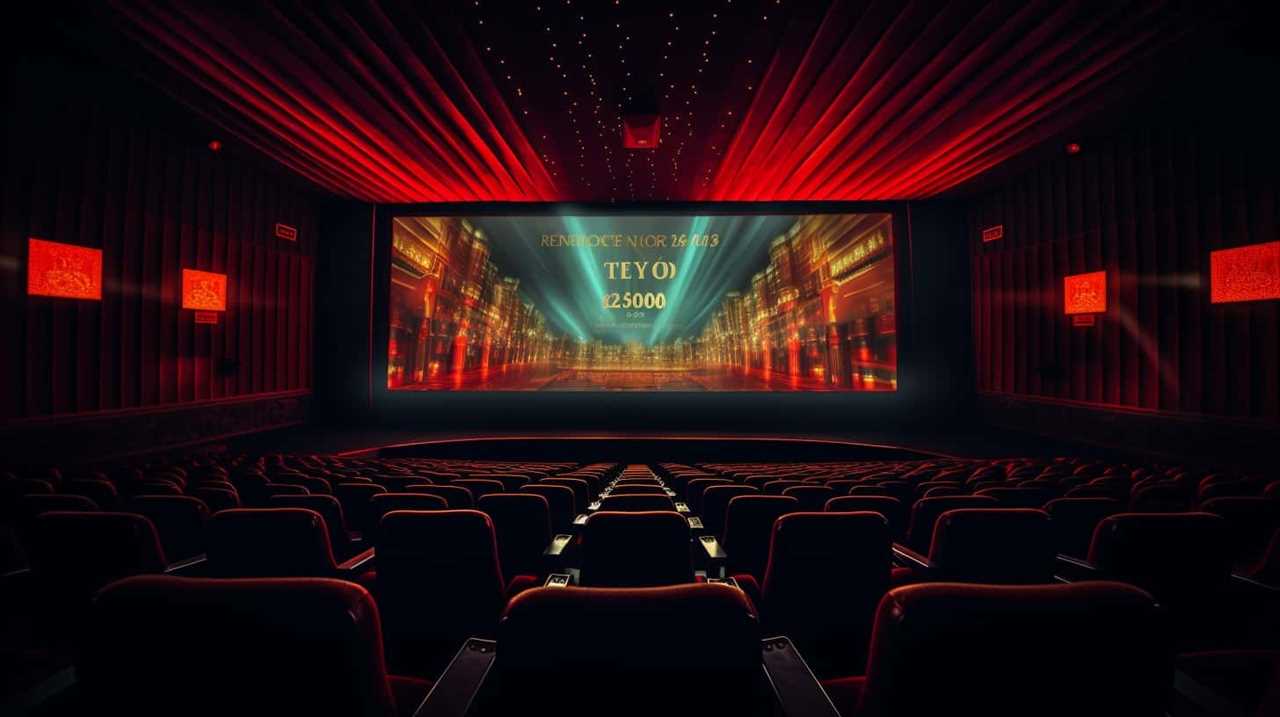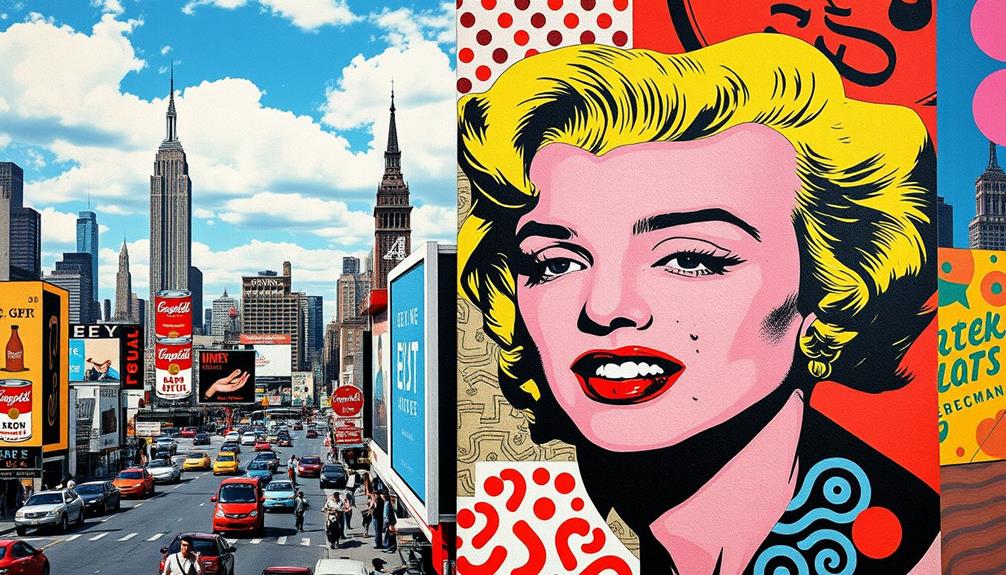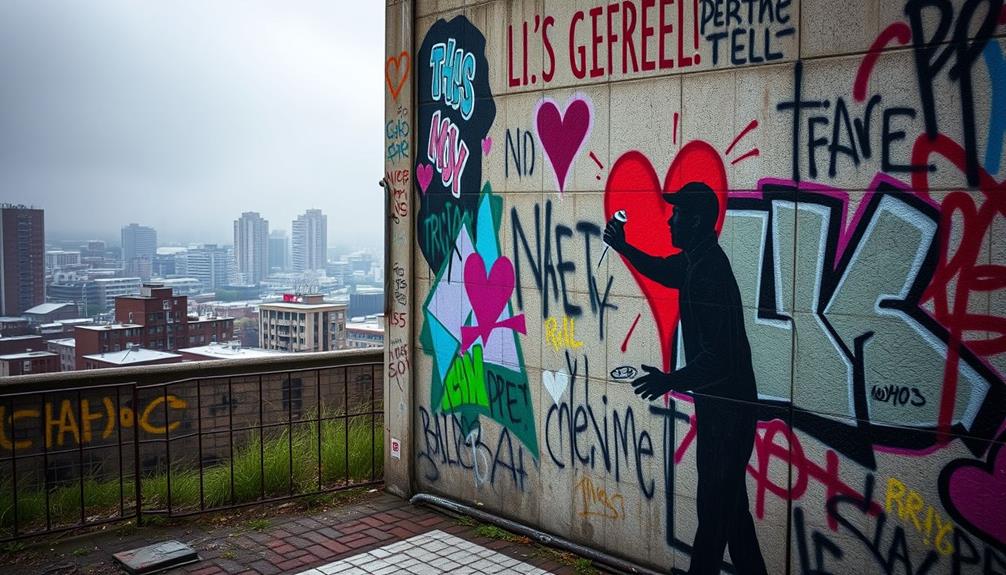Get ready to be thrilled and empowered as we explore the exciting realm of action movie battle cries and one-liners, folks.
Just like a fiery explosion roaring through the night sky, these iconic lines have the power to ignite our spirits and set our hearts ablaze. They are the rallying cries of the fearless heroes who fight against all odds, inspiring us to break free from the chains that bind us and seize control of our destinies.
From the legendary ‘Yippee Ki-Yay, Motherf***Er’ to the unforgettable ‘I’ll Be Back,’ we will uncover the top 15 battle cries and quips that have made their mark on the silver screen.
So buckle up and get ready to embark on a pulse-pounding journey of liberation and adrenaline-fueled action.
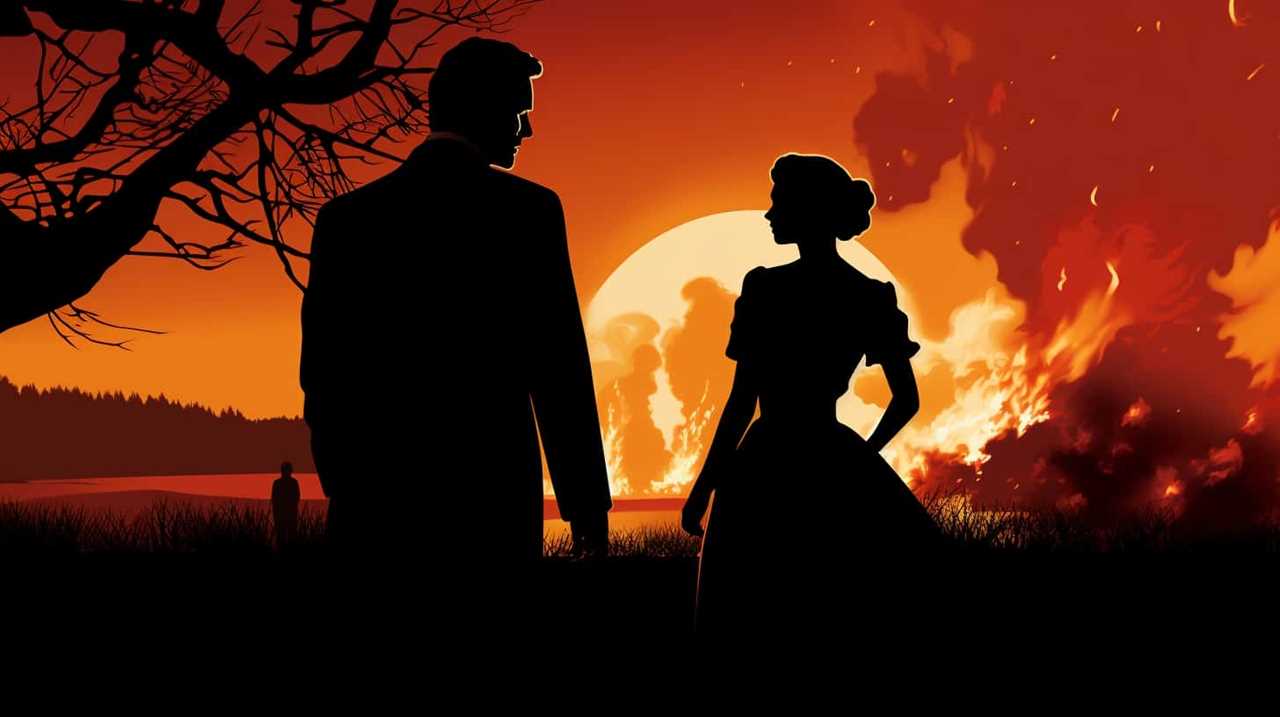
Key Takeaways
- Battle cries and catchphrases in action movies create emotional connections with the audience and humanize the characters.
- Memorable catchphrases and battle cries become embedded in popular culture, shaping our language and creating a sense of community.
- These catchphrases and battle cries add depth to the characters, reflecting their vulnerability and determination, and establishing their personas.
- Battle cries energize audiences, add to the overall experience of action movies, and leave a lasting impression on viewers worldwide.
Yippee Ki-Yay, Motherf***Er
We can’t deny the impact that the iconic battle cry, ‘Yippee Ki-Yay, Motherf***er,’ has had on the action movie genre. This memorable catchphrase has become synonymous with high-octane, adrenaline-pumping moments on the silver screen. Its usage by Bruce Willis’ character John McClane in the Die Hard franchise has solidified its place in action movie history.
But what’s it about this battle cry that makes it so impactful? Analyzing its impact, we find that ‘Yippee Ki-Yay, Motherf***er’ embodies the rebellious spirit of the action hero, defying authority and standing up against insurmountable odds. It symbolizes liberation, a refusal to be defeated. This battle cry resonates with audiences who seek empowerment and a release from the constraints of everyday life.
It has become an enduring symbol of strength, resilience, and triumph, making it one of the most memorable catchphrases in cinematic history.
I’ll Be Back
Continuing the exploration of iconic battle cries in action movies, another memorable and frequently uttered phrase is ‘I’ll Be Back.’ Made famous by Arnold Schwarzenegger in the 1984 film ‘The Terminator,’ this catchphrase has had a significant impact on popular culture. Analyzing the impact of iconic movie quotes on pop culture, it is evident that ‘I’ll Be Back’ has become synonymous with Schwarzenegger’s tough, no-nonsense persona. It has been parodied, referenced, and imitated countless times in various forms of media, cementing its place in the collective consciousness. To showcase the enduring popularity of this catchphrase, below is a table highlighting some memorable instances where ‘I’ll Be Back’ has been used in different films.
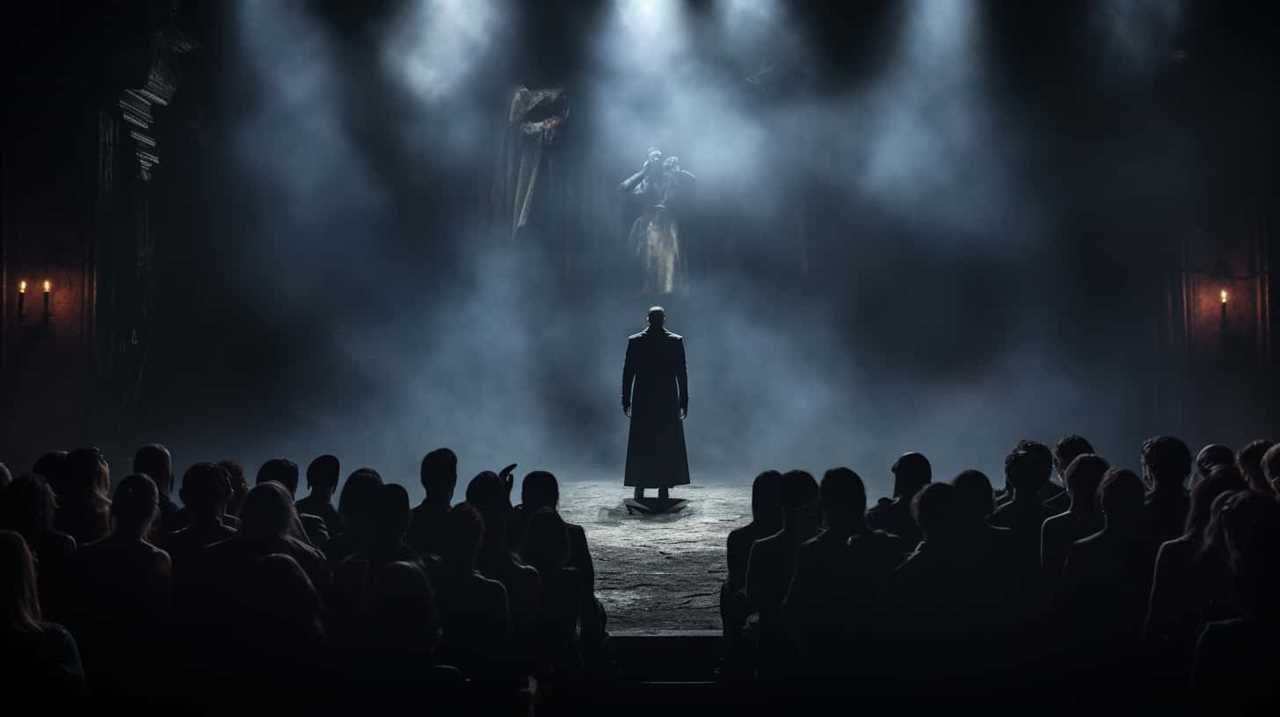
| Film | Year | Context |
|---|---|---|
| The Terminator | 1984 | Schwarzenegger’s character, the Terminator, uses the phrase before leaving to wreak havoc |
| Terminator 2: Judgment Day | 1991 | The protagonist, now reprogrammed to protect humanity, uses the phrase in a moment of determination |
| Last Action Hero | 1993 | Schwarzenegger parodies his own catchphrase, saying "I’ll be back… Ha! You didn’t know I was gonna say that, did you?" |
| The Expendables | 2010 | Schwarzenegger’s character uses the phrase when leaving the team, indicating his intention to return |
| The LEGO Movie | 2014 | A LEGO version of Schwarzenegger’s character says "I’ll be back…in a few blocks" |
The enduring popularity and cultural impact of ‘I’ll Be Back’ can be attributed to Arnold Schwarzenegger’s iconic delivery and the memorable moments it has been associated with. Its influence on pop culture is undeniable, making it one of the most recognizable and quoted lines in action movie history.
Say Hello to My Little Friend
Moving on to another iconic battle cry in action movies, let’s delve into the subtopic of ‘Say Hello to My Little Friend’. This catchphrase, made famous by Al Pacino’s character Tony Montana in the movie ‘Scarface,’ has become a memorable movie quote that continues to resonate with audiences today.
Picture Tony Montana, a powerful drug lord, holding a massive M16 assault rifle. As he boldly proclaims, ‘Say hello to my little friend,’ he unleashes a barrage of bullets, filling the air with smoke and chaos. The impact of this catchphrase lies in its ability to encapsulate Tony’s menacing persona and his willingness to dominate his enemies with sheer force.
Go Ahead, Make My Day
As we delve into the subtopic of ‘Go Ahead, Make My Day’, another iconic battle cry in action movies emerges. This catchphrase, famously uttered by Clint Eastwood in the 1983 film ‘Sudden Impact,’ has had a profound impact on the genre. The line not only became an instant classic, but it also solidified Eastwood’s tough, no-nonsense persona.
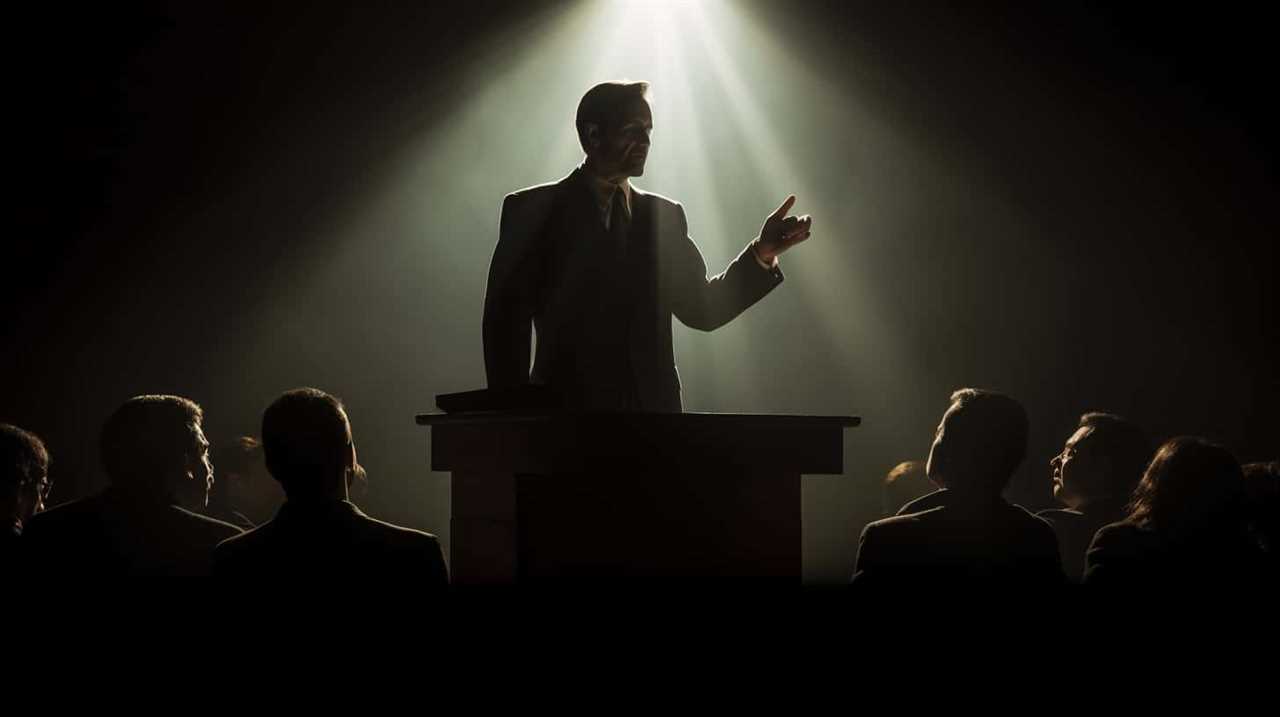
Analyzing memorable catchphrases like ‘Go Ahead, Make My Day’ reveals their power to captivate and empower audiences. These battle cries serve as rallying calls, igniting a sense of liberation within viewers. They embody the fearless spirit of the action hero, inspiring us to take charge, face challenges head-on, and overcome obstacles.
The impact of battle cries like this extends beyond the screen. They become embedded in popular culture, permeating everyday conversations and even influencing our own attitudes and behaviors. The ability of these catchphrases to leave a lasting impression on audiences speaks to their enduring appeal and effectiveness in connecting with people on a deep, emotional level.
I’m Too Old for This S
Feeling worn out and exhausted, we find ourselves questioning our ability to keep up with the adrenaline-fueled action as the battle cry ‘I’m Too Old for This S’ takes center stage. This catchphrase, often uttered by a seasoned action hero, highlights the impact of age on action movie characters and serves as a reminder of the physical toll that relentless battles can take on them.
To paint a vivid picture in the audience’s mind, imagine:

- A grizzled protagonist, sweat dripping down their furrowed brow, struggling to catch their breath amidst the chaos.
- The weight of experience and wisdom etched into every wrinkle on their face, contrasting with the youthful vigor of their adversaries.
- The weariness in their eyes, a testament to the countless battles they’ve fought and the sacrifices made along the way.
The catchphrase ‘I’m Too Old for This S’ not only reflects the physical limitations of the character but also resonates with the audience. It humanizes the hero, making them relatable and showcasing the vulnerability that comes with age. This vulnerability enhances the audience’s engagement and invests them in the character’s journey, creating a powerful emotional connection.
As we transition to the subsequent section about ‘I have come here to chew bubblegum and kick ass… and I’m all out of bubblegum’, we can’t help but be intrigued by the contrasting catchphrase and wonder how it will impact our perception of the action hero’s capabilities.
I Have Come Here to Chew Bubblegum and Kick Ass… and I’m All Out of Bubblegum
When it comes to action movies, memorable catchphrases and iconic lines have the power to shape the entire genre. The line ‘I have come here to chew bubblegum and kick ass… and I’m all out of bubblegum’ from the movie ‘They Live’ is a prime example of this impact.
Not only does it capture the essence of the protagonist’s badass attitude, but it also resonates with audiences, becoming a rallying cry for those who seek justice and empowerment. This line showcases the power of a well-crafted battle cry, leaving a lasting impression on viewers and solidifying its place in action movie history.
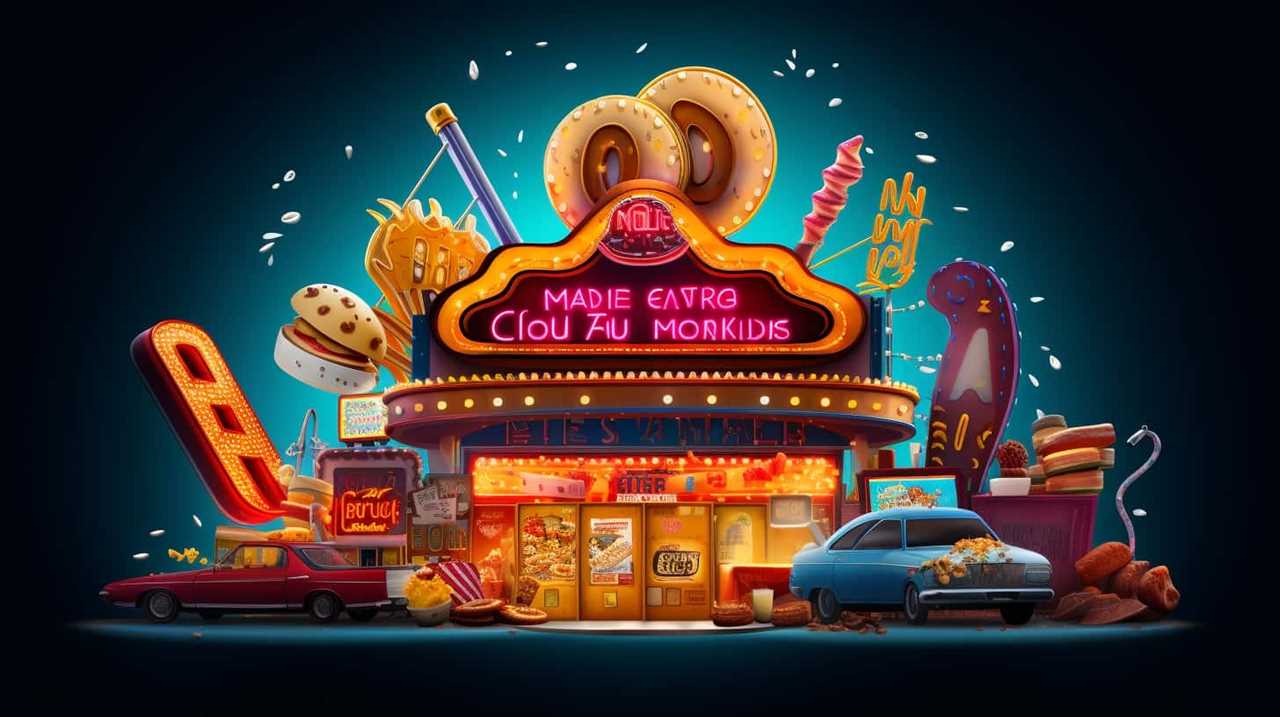
Memorable Movie Catchphrases
We love reliving the adrenaline-pumping moments of action movies through memorable movie catchphrases like ‘I Have Come Here to Chew Bubblegum and Kick Ass… and I’m All Out of Bubblegum.’ Catchphrases have evolved over the years, transforming from simple one-liners to iconic lines that have become ingrained in pop culture.
- The evolution of catchphrases in action movies:
- From straightforward lines to witty and clever quips that add depth to the characters.
- Catchphrases have become a way for filmmakers to establish a character’s persona and create a lasting impact on the audience.
- They’ve evolved to encompass not only action-packed moments but also emotional and introspective scenes.
- The cultural impact of memorable movie quotes:
- Catchphrases have become part of our everyday language, allowing us to channel our inner action heroes.
- They serve as a form of escapism, transporting us into the thrilling world of these movies.
- Memorable movie catchphrases have the power to unite fans, creating a sense of community and shared experiences.
These catchphrases have left an indelible mark on the action movie genre, becoming more than just lines of dialogue. They’ve become cultural touchstones, shaping our language and connecting us to the powerful emotions we experience while watching these films. As we delve deeper into the impact of these iconic lines, let’s explore how they’ve shaped our perception of action movies.
Impact of Iconic Lines?
One of the most impactful lines in action movies is the iconic battle cry, ‘I have come here to chew bubblegum and kick ass… and I’m all out of bubblegum.’ This line, spoken by Roddy Piper’s character in John Carpenter’s ‘They Live,’ has become a cultural phenomenon, with its impact reaching far beyond the film itself.
It has been referenced and parodied countless times in popular culture, cementing its place in the annals of memorable movie quotes. The power of iconic lines lies in their ability to capture the essence of a character and a moment, resonating with audiences on a deep level.

These lines become part of our cultural lexicon, shaping our language and influencing our perceptions. They’re a testament to the enduring power of cinema and its ability to leave a lasting impact on pop culture.
And just like ‘I have come here to chew bubblegum and kick ass… and I’m all out of bubblegum,’ the next battle cry that comes to mind is ‘it’s clobberin’ time.’
It’s Clobberin’ Time
As we move forward in our analysis of memorable catchphrases in action movies, it’s important to discuss the impact of battle cries.
These iconic phrases have the power to energize audiences, invoke a sense of excitement, and establish a connection between the characters and the viewers.

Whether it’s ‘It’s Clobberin’ Time’ or any other battle cry, these phrases have become ingrained in popular culture, adding to the overall experience of action movies and leaving a lasting impression on audiences worldwide.
Memorable Catchphrases Analyzed
Analyzing memorable catchphrases, we delve into the iconic battle cry of ‘It’s Clobberin’ Time.’ This catchphrase, originating from the Fantastic Four comics and later popularized in film adaptations, has had a significant impact on movie marketing and the cultural significance of battle cries.
- The Power of Suggestion: When a character utters the phrase ‘It’s Clobberin’ Time,’ it not only signals the start of an intense action sequence but also subconsciously prepares the audience for an adrenaline-pumping experience.
- The Unleashing of Power: The catchphrase encapsulates the character’s readiness to unleash their full potential, creating an air of anticipation and excitement among viewers.
- The Sense of Empowerment: Hearing this battle cry can instill a sense of liberation in the audience, as they witness a hero overcoming obstacles and triumphing against all odds.
Incorporating catchphrases like ‘It’s Clobberin’ Time’ in movie marketing campaigns allows for instant recognition and association with the beloved character and their heroic journey. Furthermore, battle cries serve as cultural touchstones, connecting audiences to the larger narrative and fostering a sense of unity and empowerment.
Impact of Battle Cries
Continuing our analysis of memorable catchphrases, the impact of battle cries such as ‘It’s Clobberin’ Time’ can be seen in their ability to evoke a powerful response from audiences.
Battle cries have a profound psychological effect on both the characters delivering them and the viewers watching the action unfold onscreen. When a hero utters their battle cry, it serves as a declaration of their strength, determination, and readiness for combat. It ignites a surge of adrenaline, instilling a sense of confidence and empowerment in both the character and the audience.
The impact of battle cries is twofold – it inspires the characters to overcome their obstacles and it creates a connection between the audience and the hero, allowing them to vicariously experience the thrill of victory.
As we delve further into the analysis of battle cries, let’s now explore another memorable catchphrase that strikes fear into the hearts of villains: ‘I’m your worst nightmare.’
I’m Your Worst Nightmare
We are the ones you never want to encounter in your worst nightmares. Our battle cries have the power to strike fear into the hearts of our enemies and leave a lasting impact on both the characters in the movie and the audience watching.

Let’s analyze some iconic lines that perfectly capture the essence of ‘I’m your worst nightmare’:
- ‘I’m the one who haunts your dreams, the monster lurking in the shadows.’ This battle cry paints a vivid picture of a relentless force that can never be escaped.
- ‘You can run, but you can’t hide. I’ll always be there, waiting in the darkness.’ This line creates a sense of constant unease, as if the nightmare is never-ending.
- ‘I’m the embodiment of your deepest fears, the nightmare you can’t wake up from.’ This battle cry taps into the primal fears of the audience, making it all the more terrifying.
These battle cries, with their dark and haunting imagery, serve as a reminder that we’re the ones who’ll stop at nothing to achieve liberation from our foes.
I’m the King of the World
Our battle cry for ‘I’m the King of the World’ is a declaration of dominance and power that resonates with confidence and swagger. This iconic line, spoken by Leonardo DiCaprio’s character Jack Dawson in the movie ‘Titanic’, has become a cultural phenomenon, representing a sense of liberation and exhilaration. The significance of this line in the film lies in its portrayal of Jack’s freedom and joy as he stands at the bow of the ship, arms outstretched, embracing the vastness of the ocean. It symbolizes the human desire to break free from societal constraints and embrace one’s own power and potential. The cultural impact of the phrase ‘I’m the king of the world’ extends beyond the movie, inspiring individuals to break free from limitations and embrace their own sense of empowerment.
| Significance in ‘Titanic’ | Cultural Impact |
|---|---|
| Symbol of freedom | Inspiration |
| Embracing one’s power | Breaking limits |
| Joy and exhilaration | Sense of empowerment |
You Can’t Handle the Truth
The significance of the line ‘You Can’t Handle the Truth’ in the movie ‘A Few Good Men’ lies in its portrayal of the harsh reality and the challenge to confront it. This memorable catchphrase has a profound impact on the audience, evoking a sense of liberation and a call to face the uncomfortable truths that exist in our lives.

Imagine the tension building as the protagonist, Lieutenant Daniel Kaffee, forcefully utters these words, his eyes piercing through the screen. The audience can almost feel the weight of the truth bearing down on them, as if they themselves are on trial.
In this battle cry, we’re compelled to confront our own capacity to handle the truth. It challenges us to question our own limitations and encourages us to embrace the discomfort that comes with facing reality.
The power of this line lies in its ability to ignite a desire within us to seek liberation by embracing the truth, no matter how difficult it may be to handle.
I’m Gonna Make Him an Offer He Can’t Refuse
Tom Hagen’s iconic line, "I’m gonna make him an offer he can’t refuse," from the movie ‘The Godfather’, encapsulates the power and influence wielded by the Corleone family. This line has had a lasting impact on cinema, becoming one of the most memorable catchphrases in film history. Analyzing the impact of iconic lines like this allows us to understand the significance they hold within the context of a movie.

To help illustrate this, let’s take a look at a table showcasing some of the most memorable catchphrases in action movies:
| Movie | Catchphrase | Meaning |
|---|---|---|
| The Godfather | "I’m gonna make him an offer he can’t refuse" | Signifies the Corleone family’s power and control |
| Terminator | "I’ll be back" | Promises a return with vengeance |
| Die Hard | "Yippee ki-yay, motherf****r!" | Exudes confidence and defiance |
| Dirty Harry | "Do you feel lucky, punk?" | Challenges opponents with a hint of danger |
Examining these catchphrases allows us to appreciate the impact they have on the audience, often becoming cultural references that transcend the film itself. With that in mind, let’s explore another memorable line in the next section: "I’ll make you an offer you can’t refuse."
I’ll Make You an Offer You Can’t Refuse
We understand the power and influence behind the iconic line ‘I’ll make you an offer you can’t refuse’ from ‘The Godfather’ as it encapsulates the use of persuasive tactics in action movies. This line not only showcases the analysis of negotiation tactics, but also highlights the power of persuasive language in compelling individuals to act against their better judgment.
To create a vivid image in the audience’s mind, let’s explore three sub-lists:
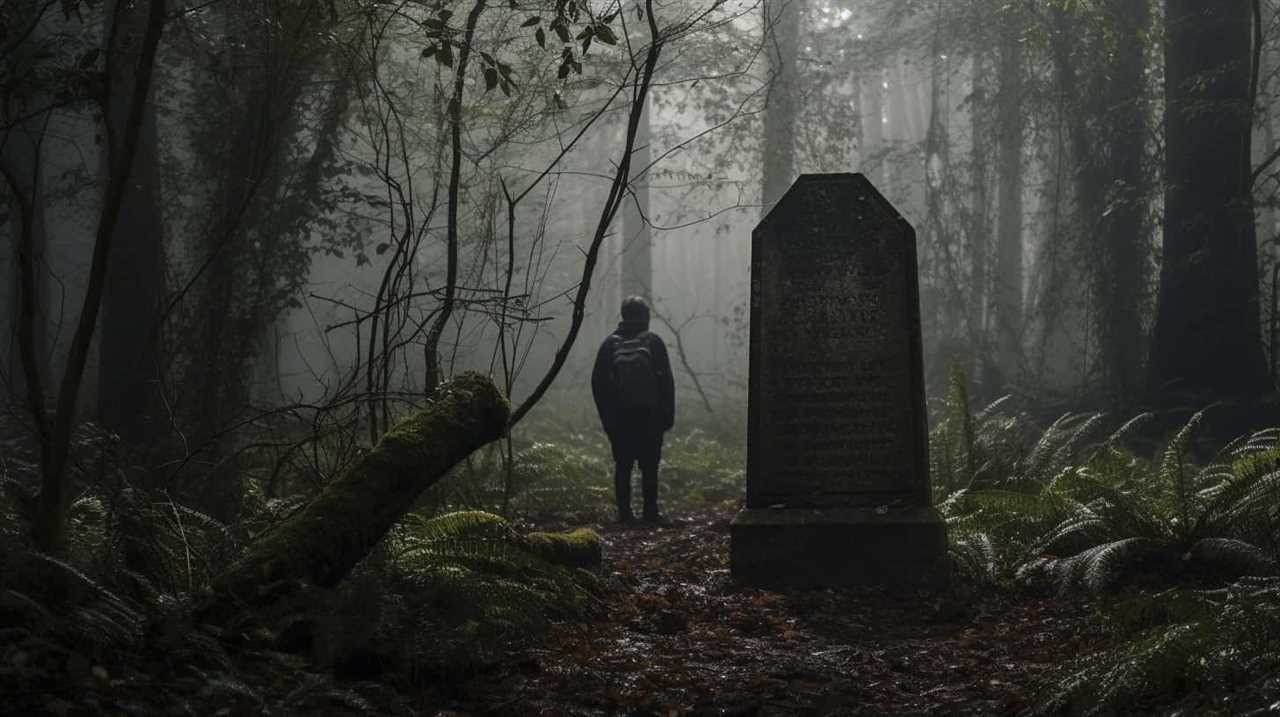
- The tone: The speaker’s calm and composed demeanor exudes confidence, instilling a sense of authority and control.
- The words: Each word is carefully chosen, conveying a sense of inevitability and consequence, leaving the listener with no alternative but to comply.
- The consequences: The implicit threat of violence or harm lurking beneath the surface adds tension and urgency to the negotiation, making it nearly impossible for the listener to refuse.
I Feel the Need… the Need for Speed
When it comes to action movies, one of the most thrilling elements is the high-speed chase scenes. Whether it’s a hero trying to outmaneuver the bad guys or a race against time, these scenes always get our adrenaline pumping.
From the iconic car chase in ‘Bullitt’ to the heart-pounding pursuit in ‘The French Connection,’ these movies have given us some of the best car chase scenes in cinematic history.
And let’s not forget the catchy catchphrases that go along with them, like Tom Cruise’s famous line in ‘Top Gun,’ ‘I feel the need… the need for speed.’
Best Car Chase Scenes
As adrenaline junkies, we can’t help but get our hearts racing when we witness some of the best car chase scenes in action movies. These heart-pounding moments on the silver screen have become iconic, showcasing thrilling car chase stunts that keep us on the edge of our seats. From the narrow streets of Paris to the bustling city of Los Angeles, famous car chase scenes have captivated audiences worldwide.

- The screeching tires as two cars race through a crowded market, narrowly avoiding pedestrians.
- The deafening roar of engines as sleek vehicles tear through the winding roads of a mountain pass.
- The adrenaline-fueled pursuit as a hero chases down the villain, weaving in and out of traffic with precision and skill.
These unforgettable moments in cinema transport us into a world of high-speed action and liberation, where the rules of the road are merely suggestions.
Iconic Speedster Catchphrases
From heart-pounding car chase scenes to iconic speedster catchphrases, action movies have always kept us on the edge of our seats. These memorable lines not only add to the thrill of the chase, but they also become ingrained in popular culture, showcasing the impact of iconic lines in the genre. Whether it’s Tom Cruise declaring, "I feel the need… the need for speed" in Top Gun or Vin Diesel’s "I live my life a quarter mile at a time" in The Fast and the Furious, these catchphrases have become synonymous with the characters and the adrenaline-fueled world they inhabit. They not only give us a glimpse into the mindset of these speedsters, but they also serve as rallying cries for the audience, inspiring us to embrace our own need for speed.
| Movie | Catchphrase | Impact |
|---|---|---|
| Top Gun | "I feel the need… the need for speed" | Represents the thrill and rush of the film |
| The Fast and the Furious | "I live my life a quarter mile at a time" | Reflects the risk-taking and fast-paced lifestyle of the characters |
| Speed | "Pop quiz, hotshot" | Creates tension and excitement, setting the tone for the film |
| Days of Thunder | "Control is an illusion, you infantile egomaniac" | Highlights the intense rivalry and ego-driven nature of the characters |
These catchphrases not only capture the essence of the characters, but they also have a lasting impact on the audience. They become quotable lines that are repeated and referenced, adding to the cultural significance of the films. The power of these speedster catchphrases lies in their ability to tap into our desire for adventure, danger, and the thrill of pushing boundaries. They remind us of the exhilaration that comes with speed and the freedom it represents. As we eagerly await the next installment of our favorite action franchises, we can’t help but anticipate the next iconic line that will ignite our need for speed.
Transition: While speedsters inspire us with their catchphrases, there are other action movie characters who rely on their determination and sheer force to make an impact. In the next section, we will explore the world of relentless fighters, as they declare, "I’m gonna tear you apart."

I’m Gonna Tear You Apart
We are ready to unleash our fury and tear you apart in this thrilling compilation of action movie battle cries and quips. When it comes to portraying an unstoppable force, action movies have always excelled in tearing through boundaries and leaving a trail of destruction in their wake. In these adrenaline-fueled moments, the heroes declare their intent to obliterate their enemies with bone-crushing force.
Picture this:
- Bullets flying, bodies falling, and our protagonist emerges from the chaos, declaring, ‘I’m gonna tear you apart!’ His voice echoes through the battlefield, striking fear into the hearts of his foes.
- The camera zooms in as our hero tightens his grip on his weapon, sparks flying from the impact. With a ferocious yell, he charges forward, tearing through obstacles and enemies alike.
- In a climactic showdown, our protagonist confronts the main antagonist. With eyes blazing and muscles tensed, he utters those unforgettable words, ‘Prepare to be torn apart!’
As we witness these intense moments, we feel a surge of liberation, knowing that nothing can stand in the way of our heroes.
And now, as we delve into the next section, we’ll explore the battle cry that embodies authority and justice: ‘I’m the law!’

I’m the Law!
Our authority is unquestionable as we proclaim, ‘I’m the Law!’
In action movies, authority figures play a significant role in establishing order and justice. These characters often have a strong presence, exuding power and control. They serve as the embodiment of the law, ensuring that justice is served and villains are brought to justice.
The portrayal of authority figures in action movies is crucial in creating a sense of security and stability within the storyline. Additionally, catchphrases like ‘I’m the Law!’ serve to further emphasize their identity and power. These memorable lines not only establish the character’s authority but also become iconic symbols of their strength and determination.
Through their catchphrases and actions, these characters inspire audiences and reaffirm their desire for liberation from wrongdoing and chaos.
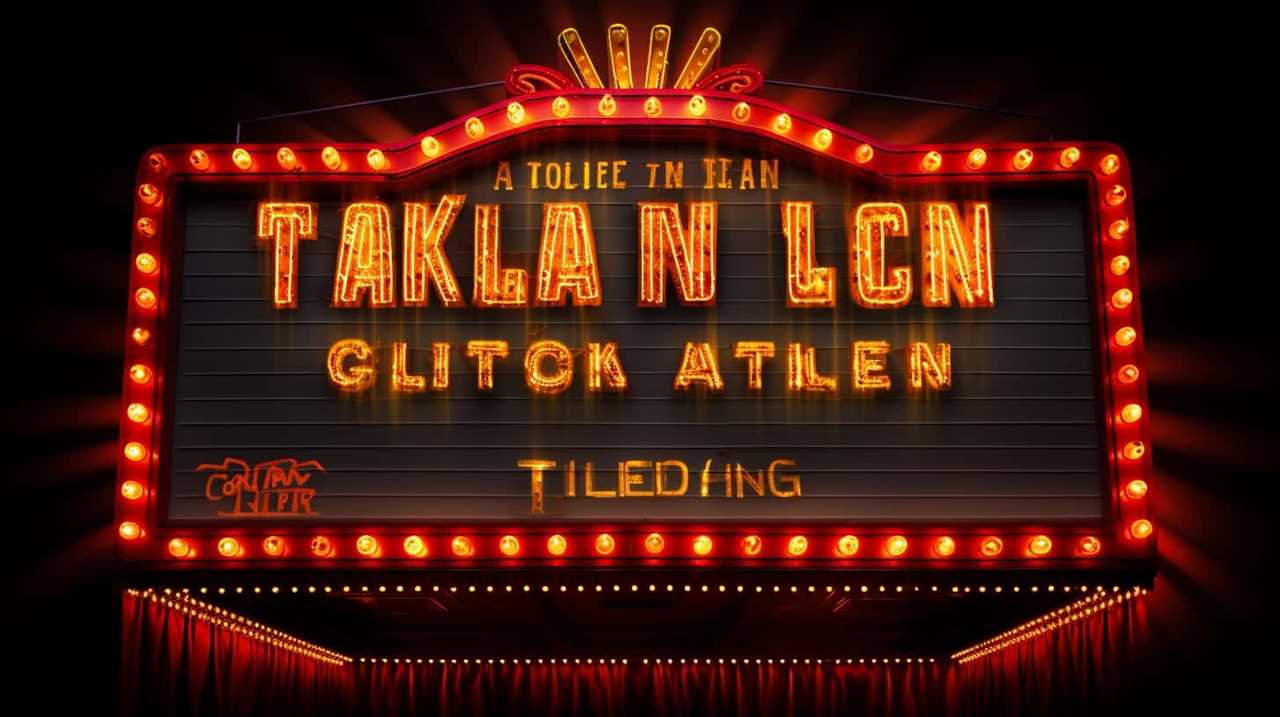
Frequently Asked Questions
What Is the Origin of the Phrase "Yippee Ki-Yay, Motherf***Er"?
The origin of the phrase ‘yippee ki-yay, motherf***er’ is rooted in historical background and linguistic analysis. It emerged as a memorable battle cry in action movies, embodying a sense of rebellion and liberation.
Who Is the Actor Famous for Saying "I’ll Be Back"?
Arnold Schwarzenegger is the actor famous for saying "I’ll be back." His iconic battle cry has become a staple in action movies, showcasing his commanding presence and leaving audiences eagerly awaiting his return.
What Movie Features the Line "Say Hello to My Little Friend"?
What are some other memorable lines from the movie that features the line ‘say hello to my little friend’? How did the line ‘say hello to my little friend’ become so iconic in pop culture?
In Which Film Does the Character Say "Go Ahead, Make My Day"?
The catchphrase "Go ahead, make my day" is famously uttered by Clint Eastwood’s character in the film Sudden Impact. It adds to his tough and no-nonsense persona, engaging the audience in the anticipation of his next move.

What Is the Context Behind the Line "I’m Too Old for This S"?
The line ‘I’m too old for this s’ in Lethal Weapon holds a significant cultural impact and has been widely interpreted in popular media. The character’s age adds depth to the storyline and emphasizes his desire for liberation.
What Are Some Memorable Action Movie Battle Cries and Quips?
Looking to relive heart-pounding moments from action films? Here are some tips for recalling action movie lines that pack a punch! From Arnold Schwarzenegger’s “I’ll be back” in Terminator to Clint Eastwood’s “Go ahead, make my day” in Dirty Harry, these iconic battle cries and quips stay etched in our memory. Embrace the adrenaline and unleash your inner action hero with these unforgettable movie lines!
Conclusion
In conclusion, action movies aren’t only known for their intense battles and jaw-dropping action sequences, but also for their memorable battle cries and quips. These lines have become iconic and continue to resonate with audiences worldwide.
From Arnold Schwarzenegger’s famous ‘I’ll be back’ to Bruce Willis’ iconic ‘Yippee Ki-Yay, Motherf***er,’ these one-liners add an extra punch of excitement to the films. They’re like adrenaline shots that keep us engaged and thrilled throughout the movie.
With their over-the-top and exaggerated nature, these battle cries and quips give us a taste of the larger-than-life world of action cinema.
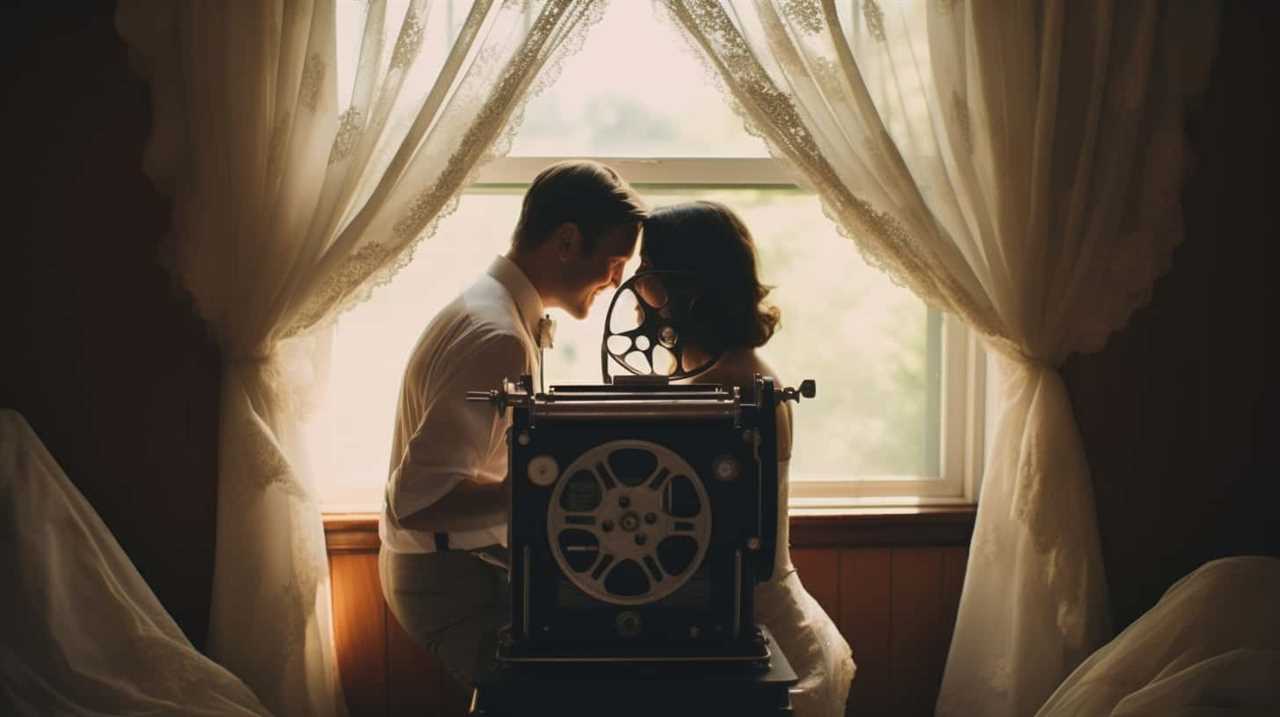
Lauren’s talent in writing is matched by her passion for storytelling. Her love for books and deep understanding of culture and entertainment add a distinct flavor to her work. As our media and press contact, Lauren skillfully bridges the gap between afterQuotes and the broader media landscape, bringing our message to a wider audience.





